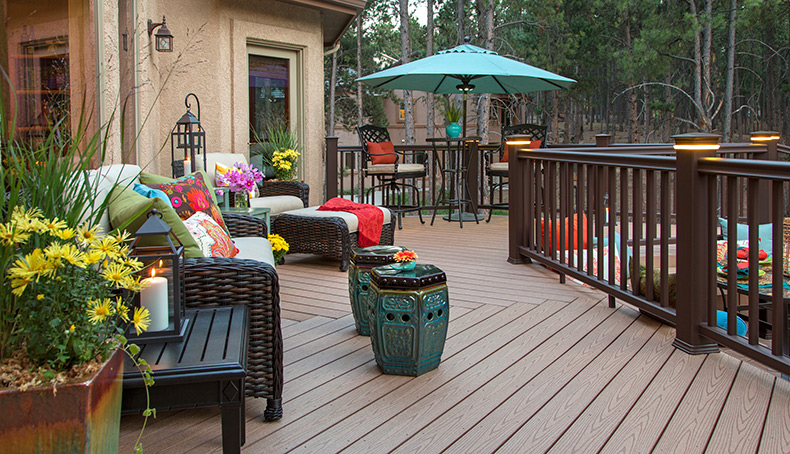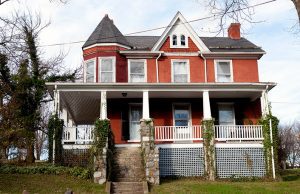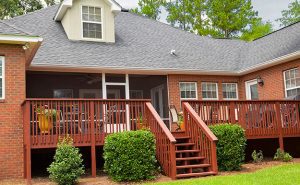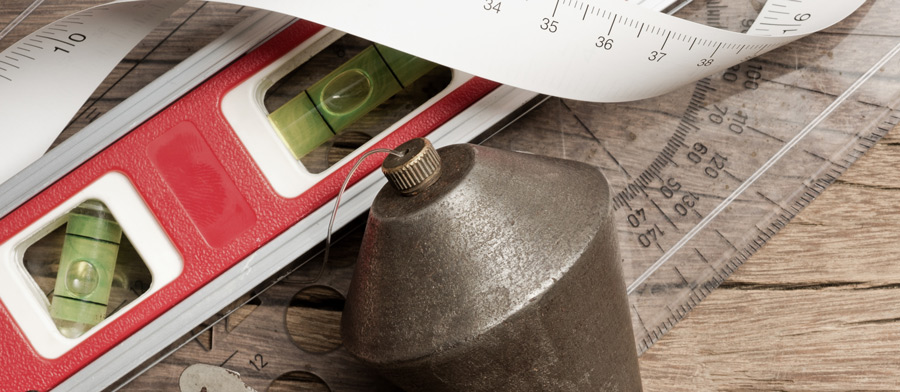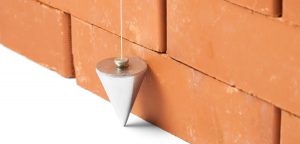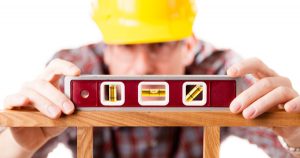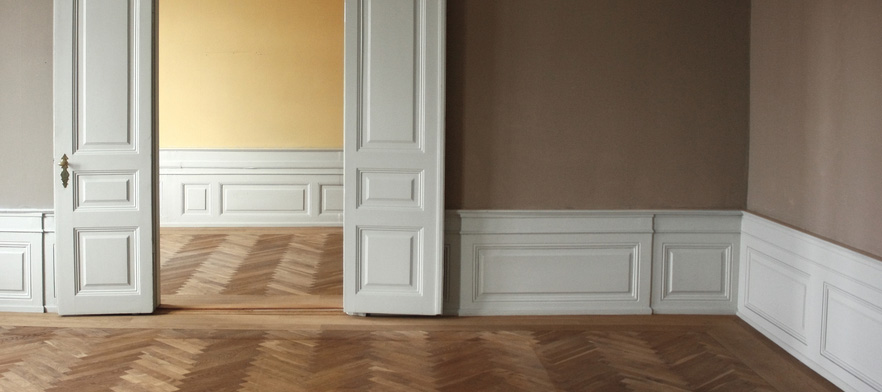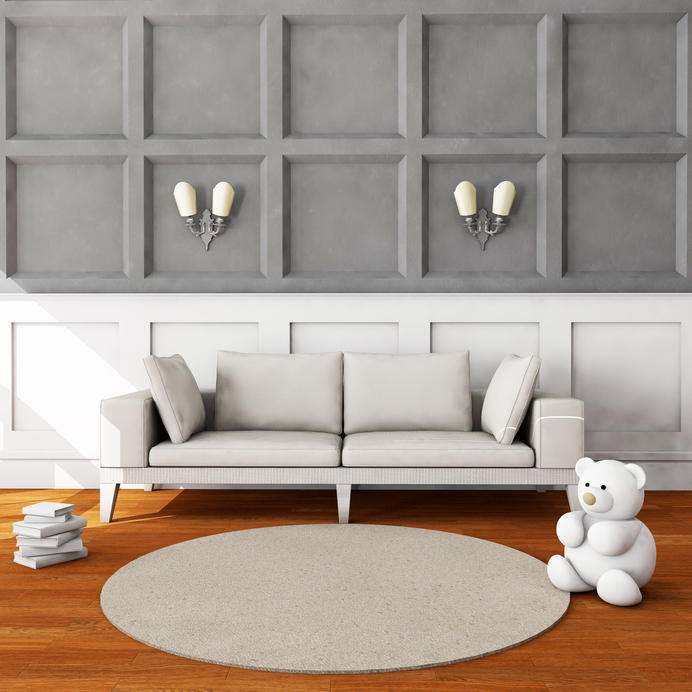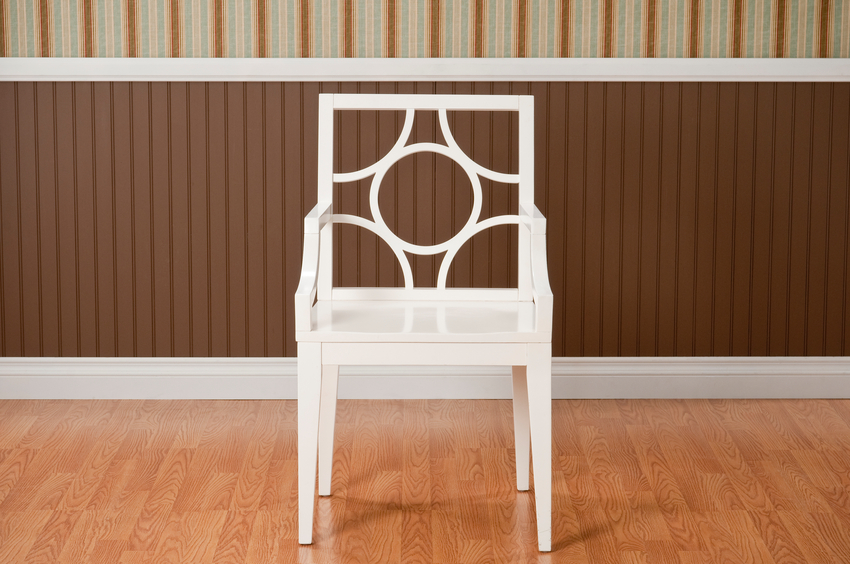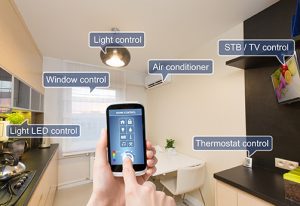 Do you know what the internet of things (IoT) is, or what it has to do with your house? Today we are giving you a very brief overview of the IoT and the impact of it on homeowners.
Do you know what the internet of things (IoT) is, or what it has to do with your house? Today we are giving you a very brief overview of the IoT and the impact of it on homeowners.
The Internet of Things (IoT) consists of of devices that connect to the internet and to each other. Everything from smart appliances, wearable devices, smartphones, headphones, smart plugs and more can be considered parts of the IoT.
What is great about some of the new automation technology coming to market, is that they don’t require you to dump your old “dumb” appliance. There are products available that will allow you to retrofit the hardware you already have available.
For example, look at the Roost Smart Battery for smoke detectors. This wifi enabled battery will allow you to get updates from your alarm while you’re away, monitor battery life and snooze those false alarms- great if you are prone to forgetting things in the oven. Other products like smart plugs allow you to control whatever is plugged into it from your phone.
While this is a very exciting time for home automation technology, it is also a time where we are still trying to figure out how this technology will effect our daily lives. Many have asked “how secure are these devices?”, they are after all, linked up to the internet. How might others use these convenience devices to disrupt your life?
One this is pretty clear, home automation technology is here to stay. Whether or not you choose to jump on the bandwagon right away is up to you. Look to see more news regarding IoT devices, security and legal issues that arise due to their usage in 2017.
 The Danes used the word “hygge” to describe a feeling or mood that comes from taking pleasure in everyday moments. Hygge can be described as creating an intimate, cozy, and relaxed environment where you can take time to savor the smallest special moments.
The Danes used the word “hygge” to describe a feeling or mood that comes from taking pleasure in everyday moments. Hygge can be described as creating an intimate, cozy, and relaxed environment where you can take time to savor the smallest special moments.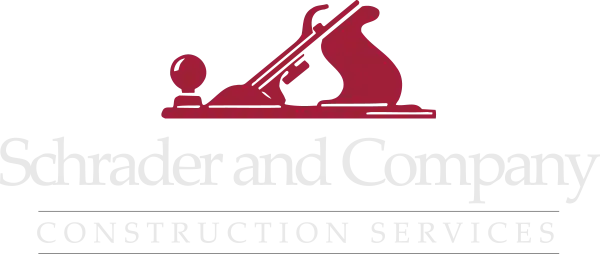
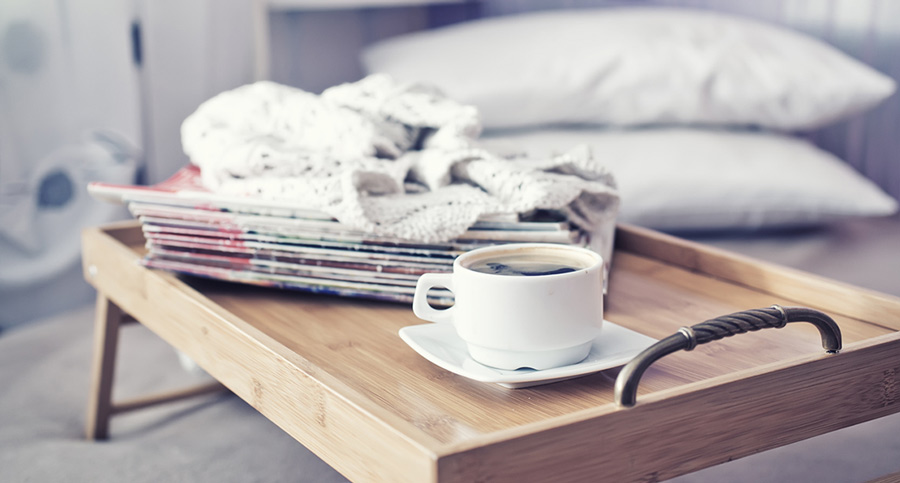

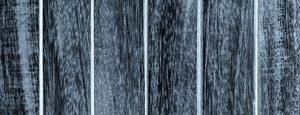

 Do you know what the internet of things (IoT) is, or what it has to do with your house? Today we are giving you a very brief overview of the IoT and the impact of it on homeowners.
Do you know what the internet of things (IoT) is, or what it has to do with your house? Today we are giving you a very brief overview of the IoT and the impact of it on homeowners.